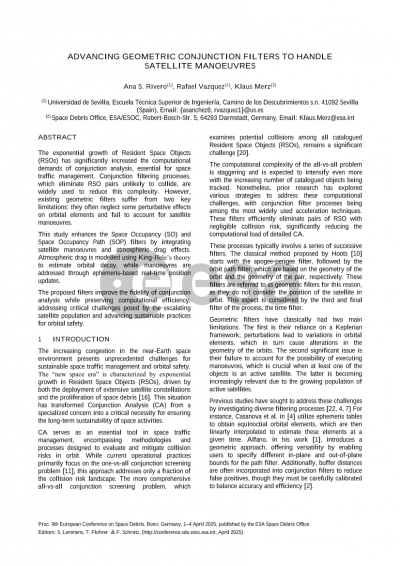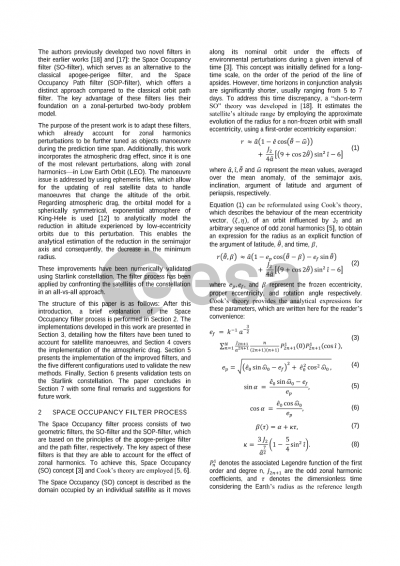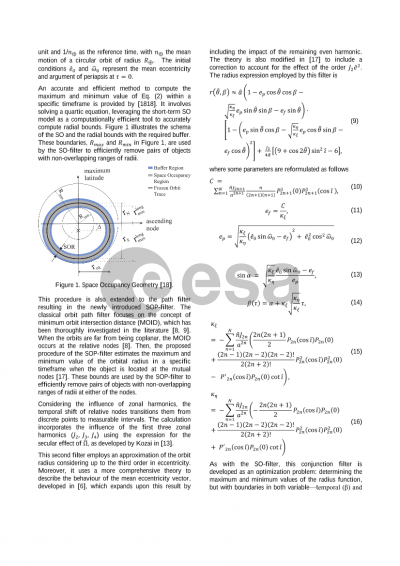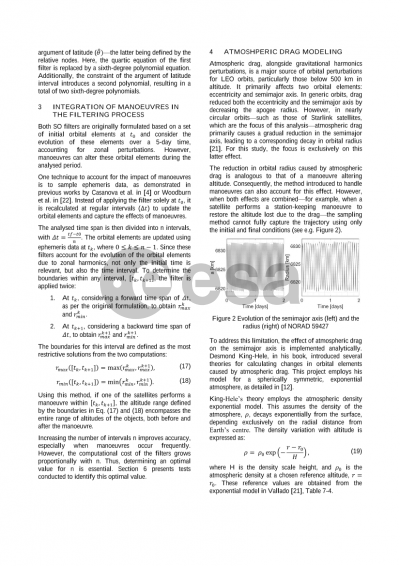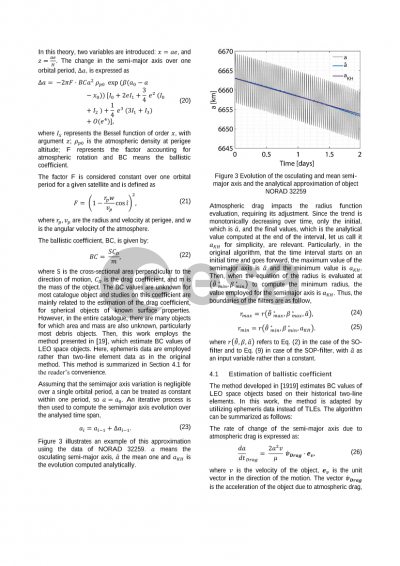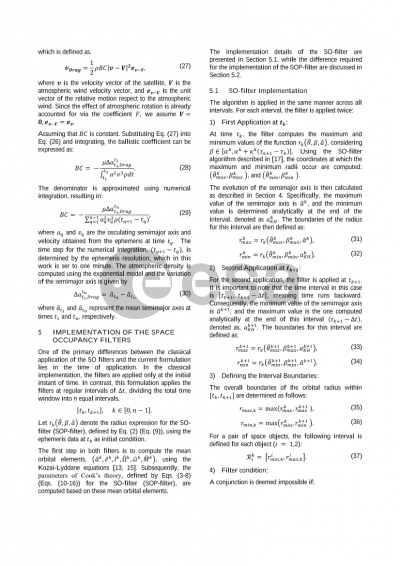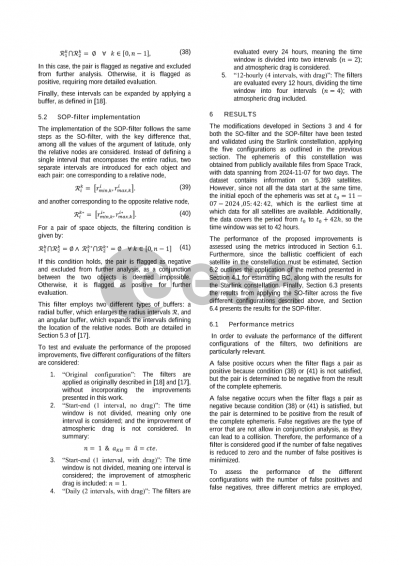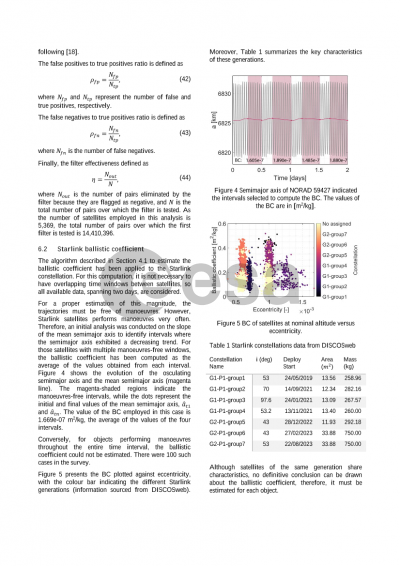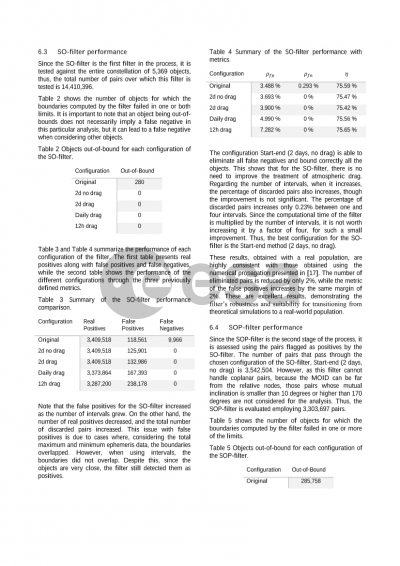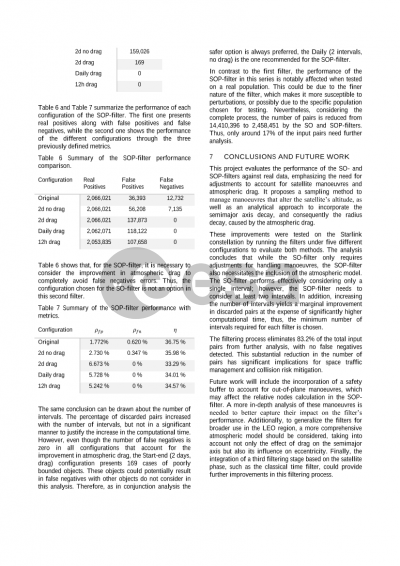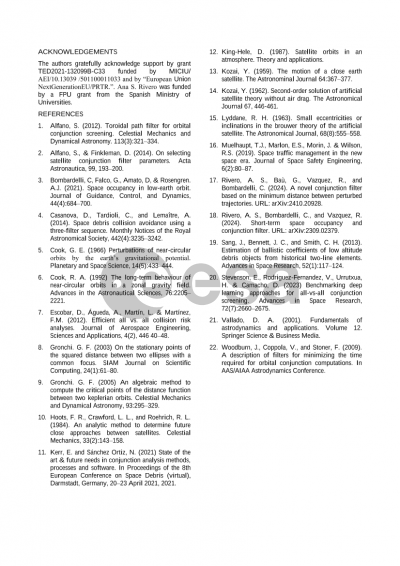Document details
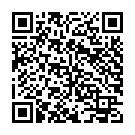
Abstract
The increasing congestion in the near-Earth space environment presents unprecedented challenges for sustainable space traffic management and orbital safety. The "new space era" is characterized by exponential growth in Resident Space Objects (RSOs, both operational satellites and space debris), intensifying the computational complexity of the all-vs-all conjunction analysis problem (i.e., the problem of finding potential close encounters between pairs of RSOs that could lead to a collision). Prior research has explored various strategies to address these computational challenges, and conjunction filtering processes are one of the most widely used acceleration techniques.
These conjunction filtering processes commonly employ a succession of filters as an efficient way to prune the number of RSO pairs that need to be analysed (discarding pair of objects that would never approach, e.g. LEOs and GEOs) and thus reduce the computational burden. Typically, this process starts with geometrical filters. However, this class of filters presents two main limitations. First, they rely on a Keplerian framework, neglecting perturbative effects that can cause significant variations in orbital elements and alter the geometry of the orbits. Second, they do not account for the possibility of satellite manoeuvres, a crucial limitation given the expanding number of active satellites. To address the first of these shortcomings, prior research by the authors introduced two enhanced filters - the Space Occupancy (SO) filter and the Space Occupancy Path (SOP) filter – based on the classical apogee-perigee and orbit path filter respectively. These new filters incorporate the effects of zonal harmonic perturbations in a perturbed two-body problem model.
In this work, these filters are further adapted to incorporate the impacts of atmospheric drag and satellite manoeuvres during the prediction time span, significantly improving the accuracy and reliability of conjunction analysis. Atmospheric drag effects, particularly relevant for low eccentricity orbits, are modelled using King-Hele's theory to analytically estimate reductions in semi-major axis over time, thus accounting for the associated reduction in minimum radius. Manoeuvre handling is enabled through the utilization of ephemeris data, allowing for real-time updates of satellite positions to account for altitude-changing events. Crucially, these techniques have been validated through application to the large population of active Starlink satellites in low Earth orbit, demonstrating their practical relevance and impact amidst the rapidly growing satellite ecosystem.
The proposed advancements to geometric conjunction filters represent a further step forward in space traffic management. By enhancing the fidelity of these analytical tools, this research contributes to more accurate and computationally efficient conjunction analysis workflows. These innovations are required for ensuring the sustainable management of space traffic in the face of unprecedented congestion.
Preview
